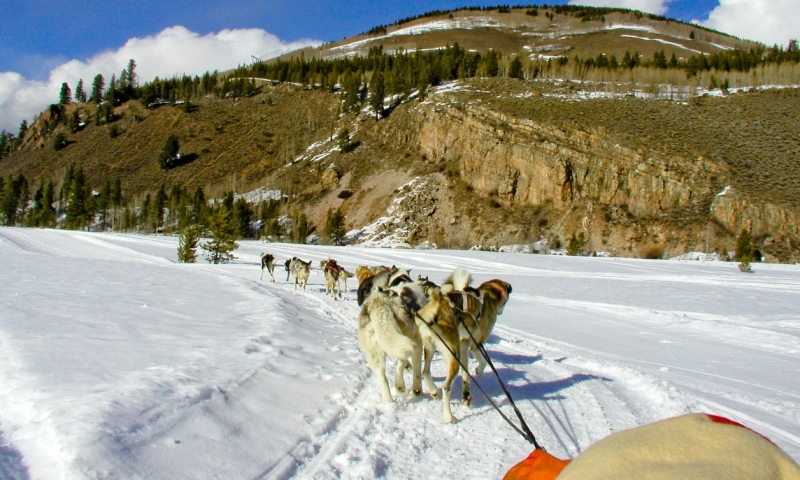- Camp Hale, in west-central Colorado, was initially a base for World War II winter survival training.
- Soldiers from all over trained here with ammunition such as hand grenades and high explosives.
- The Forest Service gained control of the area in 1966 and it is now on the National Register of Historic Places to preserve the rich history of the area.
Overview
Camp Hale, in west-central Colorado, was first set up to provide mountain and winter warfare training for World War II soldiers. Eagle Park was the site of the camp as it provided perfect conditions for winter training in skiing, rock climbing and survival. Sections of the East Fork of the Eagle River and the surrounding camp area are now on the register of National Historic Places and remain today to preserve the rich history of the area. Today visitors to Camp Hale can enjoy a campground, historic plaques, and many hiking and biking trails. Nova Guides manages a lodge, cabins and many activities on Camp Hale as well.
Locations/Directions
Camp Hale is located between Red Cliff and Leadville in the Eagle River valley in west-central Colorado. From Vail, head west on I-70. Take Minturn/Leadville exit 171, which will turn into the 10th Mountain Division Memorial Highway. Camp Hale is roughly 20 miles down the road.
Hours/Seasons
Camp Hale is best visited in the summer months when the park is lush and there are mountain biking trails and beautiful views.
Fees/Cost
Camp Hale is free to visit and explore at your leisure.
More Info
When in use, Camp Hale housed soldiers from the 10th Mountain Division, the 38th Regimental Combat Team, 99th Infantry Battalion, and the Fort Carson. It was also the site for weapons and equipment testing where they used various ammunition such as hand grenades and recoil-less rifles. In 1965 the camp was closed, and the Forest Service gained control of the land in 1966 and has helped preserve it as an area of interest.



